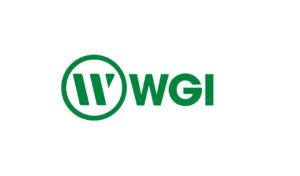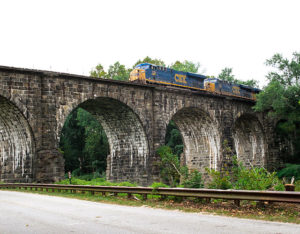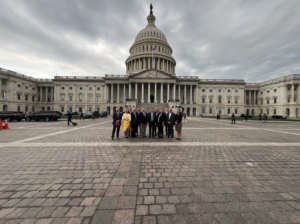Agency needs Union Pacific accord to achieve Dallas light-rail overhaul
Written by jroodSix months ago, the biggest day in Dallas Area Rapid Transit history turned into one of its worst when thousands of football fans found themselves stranded at rail stations in Dallas waiting to get to or from the Texas-Oklahoma game. Many fans vowed never to ride the rails again, The Dallas Morning News reports.
If those fans change
their minds, DART hopes to have a plan in place by this year’s game to
accommodate the large crowds, though the agency acknowledges it will need to
use scores of buses and make other changes to have any chance of doing so. DART’s
new approach will rely on buses, a new light-rail loop for some downtown trains
that should keep them on schedule, and – if negotiations with the Union Pacific
railroad can be salvaged – Trinity Railway Express service direct to the Cotton
Bowl.
Crews will test the new
light-rail loop soon and DART still is studying how many buses it must use to
run the shuttles it says it needs to prevent the kinds of hours-long delays
fans experienced last year.
In addition, plans still
under development would ease game-day crowds as fans get off the train, by
requiring Red Line passengers to get on and off at MLK Jr. Station near the
Cotton Bowl instead of at Fair Park Station.
The TRE component of the
plan faces the stiffest odds, however, and could be its most critical piece. Union
Pacific has so far refused to work with DART to allow its TRE trains access to
the commercial tracks that circle behind Fair Park, passing near the Cotton
Bowl, according to DART chairman Bill Velasco.
DART spokesman Morgan
Lyons said the railroad initially said no. "But we’ve asked them to
reconsider," Lyons said, "and that has happened just in the past few
days. We think there is a way to make this work."
Late Friday, Union
Pacific corporate relations and media director Raquel Espinoza-Williams said
allowing DART to use its tracks would impose unacceptable costs for its
commercial operations.
"Union Pacific
declined DART’s request to run passenger trains for the State Fair on freight
lines near the Fair Park area due to the potential impacts on local and
national operations," she said. "Major facilities in the Dallas-Fort
Worth area would be affected, and it would cause additional passenger and
freight rail backups across the country."
The TRE question is
critical, since last year’s delays were greatly exacerbated by huge passenger
loads arriving at once at Union Station, where TRE trains brought 1,300 or more
fans at a time. Those fans easily filled several light-rail trains headed
through downtown to Fair Park, leaving passengers at stations on the way out of
luck. DART vice president Todd Plesko said that if Union Pacific won’t relent,
DART buses will take thousands of TRE passengers directly to Fair Park.
"It will be a very,
very big deal if we can work this out. If we don’t, we will have to augment our
plan with more buses," he said.
DART’s biggest problems
arose last year when it marketed its new Green Line rail service as the best way
to get to the game and failed to provide bus service as a backup.
Using every available
rail car, DART at most can send 4,000 to 5,000 passengers to Fair Park each
hour – and that assumes every car on every train has as many folks standing as
sitting. It also assumes that the big crowds on the platforms don’t slow the
trains down, and the trains don’t get stuck on the tracks waiting for slower
trains ahead of them, as happened frequently last year.
"What I learned last
year is that the train capacity for DART is a finite number," Plesko said.
He’s hoping that this year
bus service and smarter train operations will stretch that capacity further.





